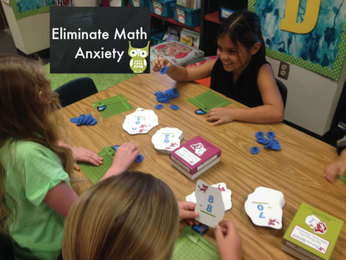
Unfortunately, math anxiety affects thousands of students everyday, but thankfully, there are things teachers and parents can do to help:
1. Provide multiple opportunities for success by starting with easier review problems.
2. Use multi-sensory strategies such as hands-on materials, manipulatives, visuals, and cooperative groups to allow students to explore mathematical concepts.
3. Incorporate games to practice math skills such as Battleship, Monopoly, Yahtzee, Tangrams, etc.
4. Include technology in your math lessons and centers for additional review and reinforcement.
5. Make math safe and fun by using friendly characters to teach strategies.
To combat these feelings of anxiety and help students approach math with confidence and success, we've created 10 math strategy animal characters, each with a specific job. In our FREE book, Hazel Meets the Math Strategy Friends, Hazel swoops down to catch her dinner at the local pond when she grabs Upton, an enchanted fish. Upton oversees Problem-Solving Pond and promises to introduce Hazel to his animal friends, all who teach a special problem-solving strategy. Using these strategies and Upton’s guidance, Hazel blossoms into an accomplished mathematician who is able to tackle problems with ease.
Astute Hoot’s unique cast of strategy animals make learning safe and fun while teaching critical strategies in a child-friendly way. Students make an immediate connection to the animals and relate to Hazel’s struggles. These delightful animals and rhymed text motivate the most reluctant students and alleviate math anxiety.
Teachers love using these resources too! "I am using the Astute Hoot math strategy animals and my kids LOVE them. They couldn't name a single EngageNY strategy but one week into your material and they are all over it - "break apart badger! hopping hare!" THANK YOU SO MUCH. I used to dread teaching math and now it's really fun." ~Andrea, 2nd grade teacher
Download a FREE copy of Hazel Meets the Math Strategy Friends and check out the accompanying digital resources and hands-on tools to support and enhance your instruction. This is perfect for special education, math intervention and general education classrooms.
About the Authors
Jessica Murphy and Jennifer Zoglman are founders of Astute Hoot: Tools for the Wise Teacher. With a combined total of almost 30 years experience in early childhood and special education classroom teaching, early literacy research, and teacher coaching, they joined forces with Jennifer’s sister, Tina, an award-winning graphic designer, to create a dynamic cast of reading and math strategy animals. The strategy animals made their way into a group of targeted teaching and learning tools that have contributed to the creation of proficient readers and mathematicians in classrooms across the country! Check out their blog: www.astutehoot.com to see how they awaken the joy of learning in all students!
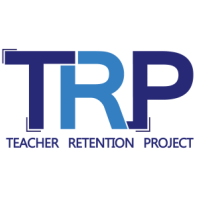
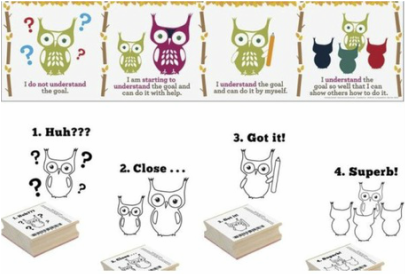
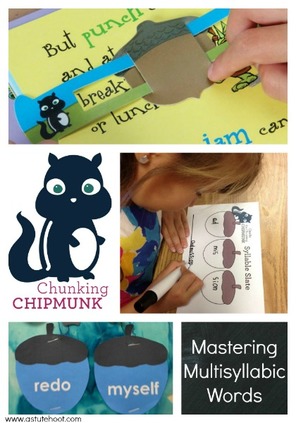
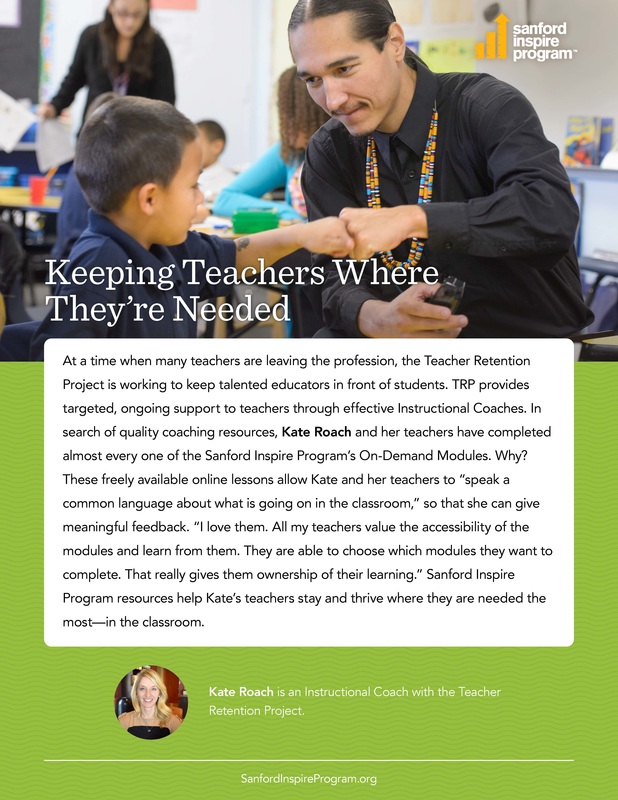


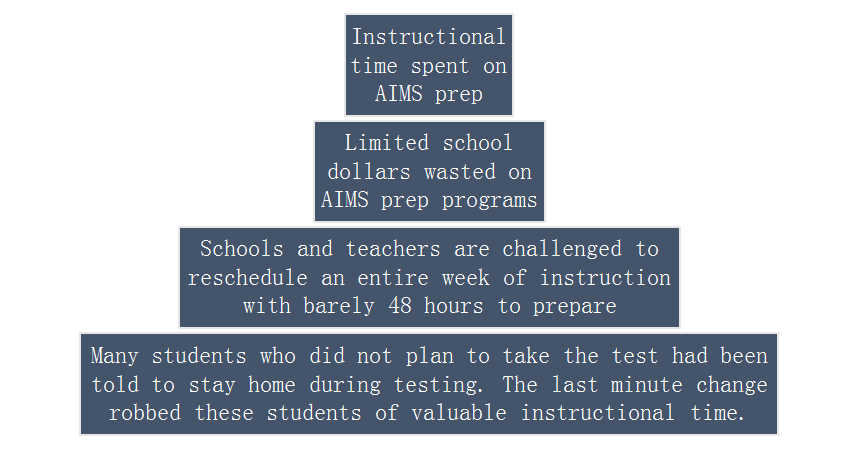
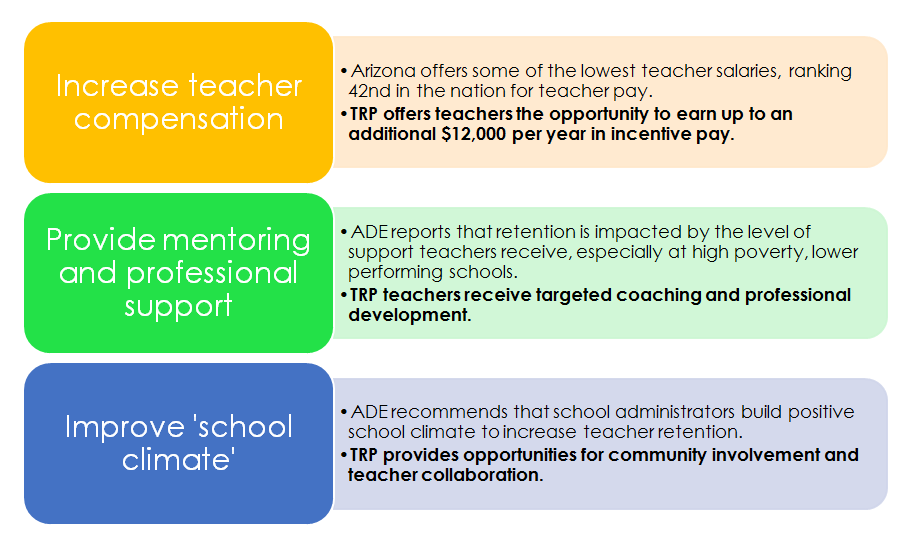
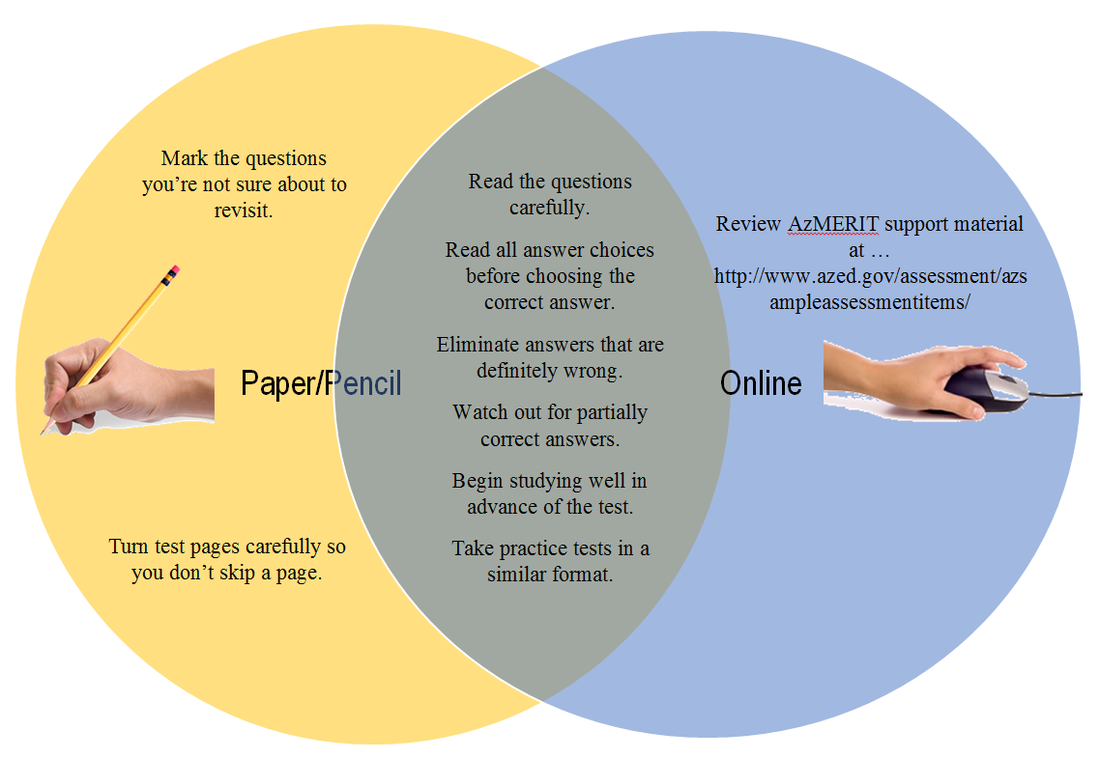
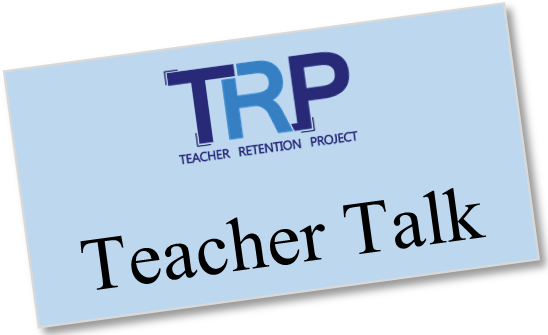
 RSS Feed
RSS Feed